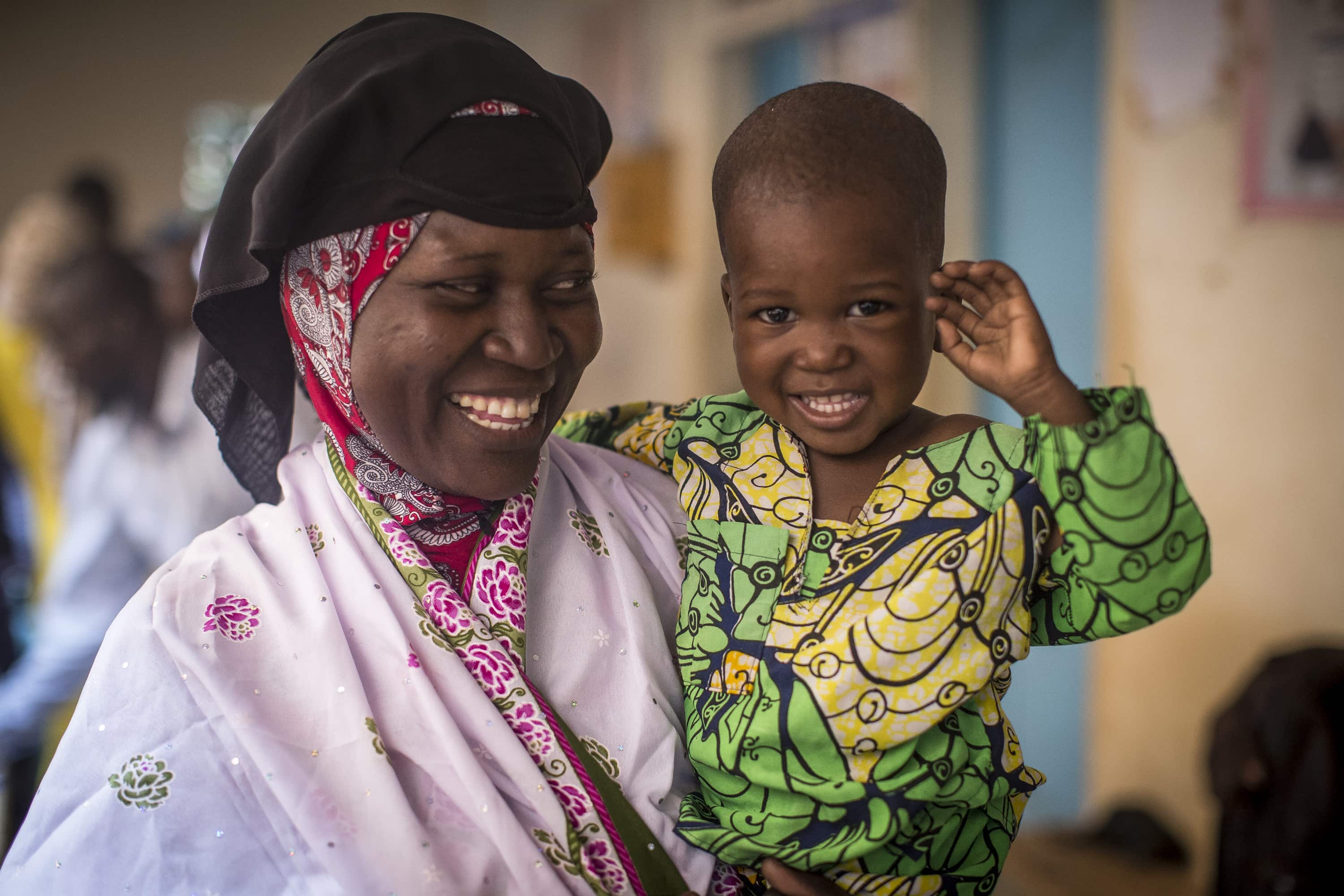Association between ethnicity and under-5 mortality
Analysis of data from demographic surveys from 36 low- and middle-income countries

The UN Sustainable Development Goals (SDGs) call for stratification of social indicators by ethnic groups. However, few systematic, multi-country analyses of ethnic inequalities in child health and survival in LMICs have been done. Ethnicity is a complex construct comprising culture, diet, language, and ancestry that is associated with variations in health beliefs and behaviours. Ethnicity is also a key factor in social cohesion, and thus in the dissemination of health information. As a framework of identification, sometimes used for political reasons, ethnicity can be associated with unequal access to socioeconomic opportunities and public goods.
In this article published in The Lancet Global Health, the authors aimed to assess whether significant differences exist in the under-5 mortality rate between ethnic groups within countries, using data from nationally representative household surveys done in 36 LMICs. Authors aimed to estimate the magnitude of such differences, and to assess whether the differences persisted after adjustment for household wealth, maternal education, and place of residence.


